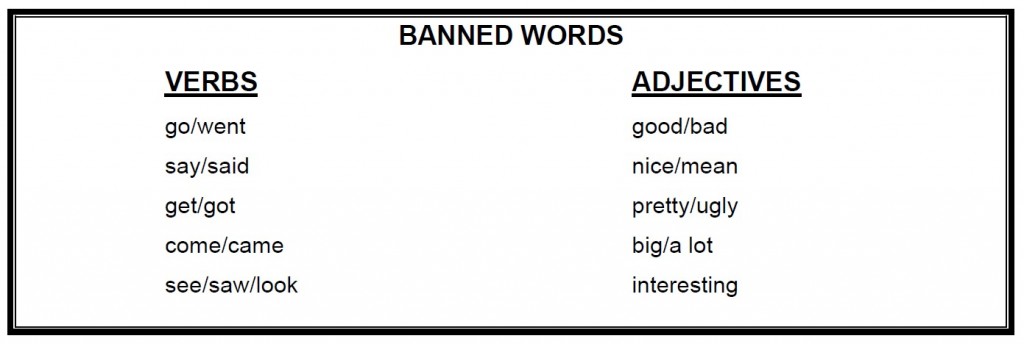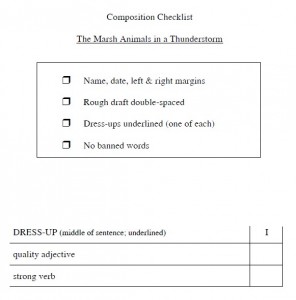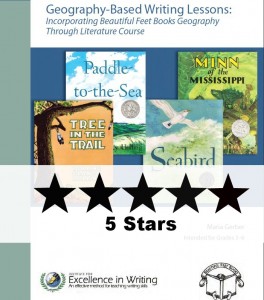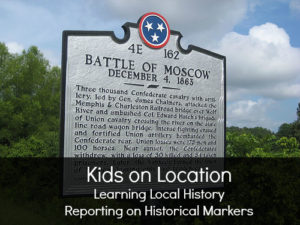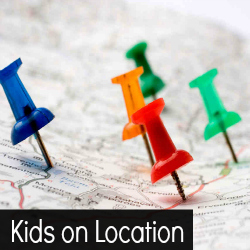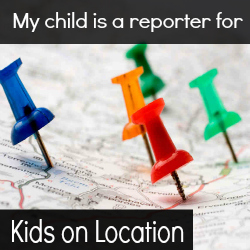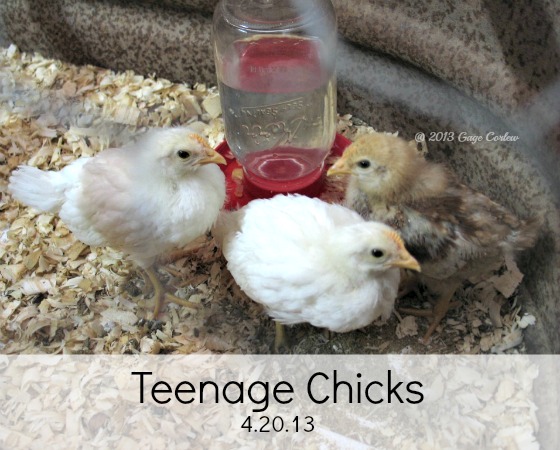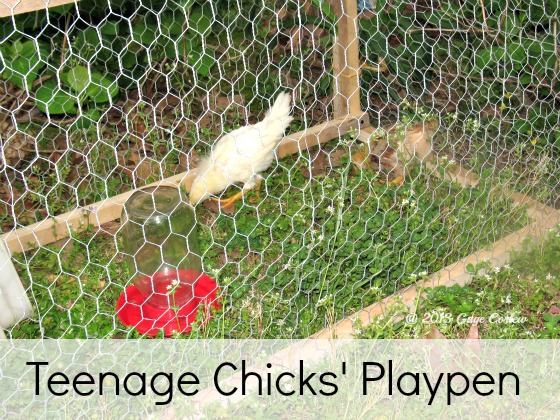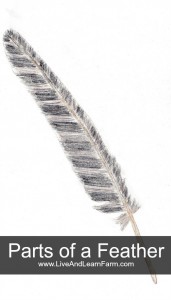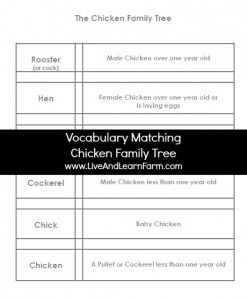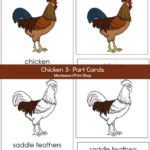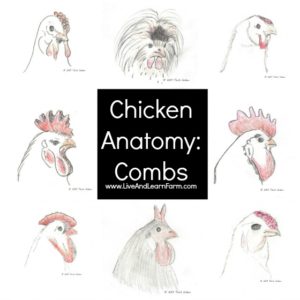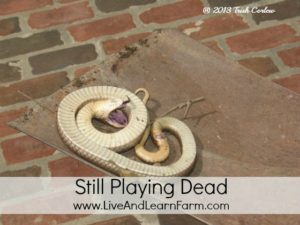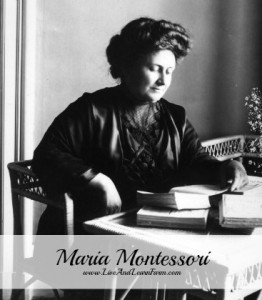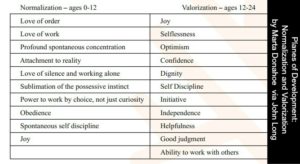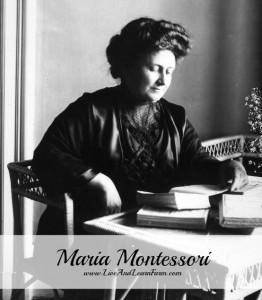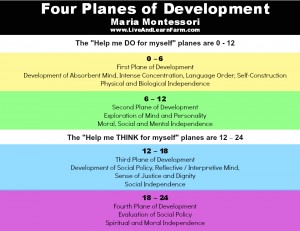
In Homeschooling on the Beach Part 1, we spent some time laying the foundation of geography and travel prior to taking your vacation. In Part 2, I’m picking up once you are at the beach. If you have not read part 1, you can find it here.
One creature you will most likely find on any beach any where, is the crab. Crabs are crustaceans as are shrimp and lobsters. Crustaceans have exoskeletons… “Exo” refers to outside, so an exoskeleton is a skeleton on the outside of their body. But did you know barnacles are crustaceans too? Heck, I’m not sure I even knew they were alive until we did this study! Montessori Materials has a free download of nomenclature cards for Crustaceans. Science Teachers has some cards as well (not 3 part cards). Exploring Nature has some great coloring pages and labeling pages for Crustaceans as well. If you have never gone crabbing, now is the time! You can either crab off a salt water dock or do what we like to do… get a net, a flash light and a bucket and catch them at night by catching them on the beach in the dark! It is so much fun! This is one of our pictures from years ago of two of our little ones examining the crabs after we have been crabbing. I love those little faces!!!
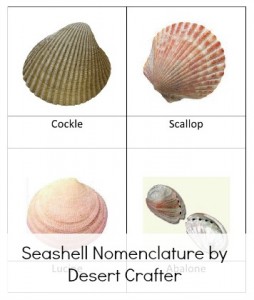 I’m from the coast of North Carolina and I remember the first time I went to a beach on the Gulf of Mexico, I was shocked to not find any shells! I am a sheller, big time! I was completely lost that vacation not being able to shell hunt! This is a great study, and for a sheller like me, a MUST do! There are primarily two kinds of shells, Bi-valves and gastropods (sometimes called uni-valves). Here is a Shell Sheet I saved when we took our trip a couple of years ago. I’ve hunted online to find where I got it so I can give credit with no luck. If you happen to know, send me an email so I can give credit! I found these 3 part cards for sea shells and couldn’t wait to share them! These were made by Desert Crafter who has a ton of other wonderful Shell works! Montessori Print Shop has a beautiful free set as well!
I’m from the coast of North Carolina and I remember the first time I went to a beach on the Gulf of Mexico, I was shocked to not find any shells! I am a sheller, big time! I was completely lost that vacation not being able to shell hunt! This is a great study, and for a sheller like me, a MUST do! There are primarily two kinds of shells, Bi-valves and gastropods (sometimes called uni-valves). Here is a Shell Sheet I saved when we took our trip a couple of years ago. I’ve hunted online to find where I got it so I can give credit with no luck. If you happen to know, send me an email so I can give credit! I found these 3 part cards for sea shells and couldn’t wait to share them! These were made by Desert Crafter who has a ton of other wonderful Shell works! Montessori Print Shop has a beautiful free set as well!
Be sure to pick up lots of shells to bring back with you (and maybe even a bucket of sand and a bottle of salt water)! You can use the shells for various sorting works, for identification, for counting, and for matching to the 3 part cards above. Here is a great site to help with the identification of shells.
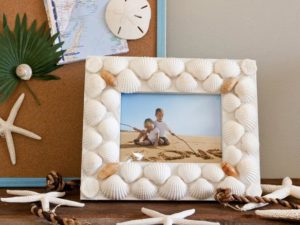 Or you can use them to make a frame to put your favorite vacation picture in! Here is a lesson on doing that! Confession: I still have all the shells and picture frames to make our frames from three years ago and haven’t yet!! Maybe if we can’t go to the beach this year, we can at least do that! If I do, I’ll be sure to post the how to’s and the final pictures when we are through!
Or you can use them to make a frame to put your favorite vacation picture in! Here is a lesson on doing that! Confession: I still have all the shells and picture frames to make our frames from three years ago and haven’t yet!! Maybe if we can’t go to the beach this year, we can at least do that! If I do, I’ll be sure to post the how to’s and the final pictures when we are through!
Once you are at the beach, always look for the tide pools! They are brimming with all kinds of life and other interesting items that got trapped from the ocean! Look for living creatures first… and try to identify them.
Have you ever wondered what the secret is to those fabulous sand castles you sometimes see on the beach? Here is your answer!
There are several videos in this series, so be sure to watch them all! Now, after learning how to build these fabulous sand castles, it seems appropriate to study why the water and sand work together this way. Here are a couple of interesting links on sandcastle physics and thermodynamics!
There may be one more post in this series. I’ll try to get it posted before summer, LOL!!!! Have a great trip to the beach with your little ones! Our goal is for school and life to blend into an indistinguishable blur of fun, challenge and education! I hope you guys can find that balance!
Until next time…




